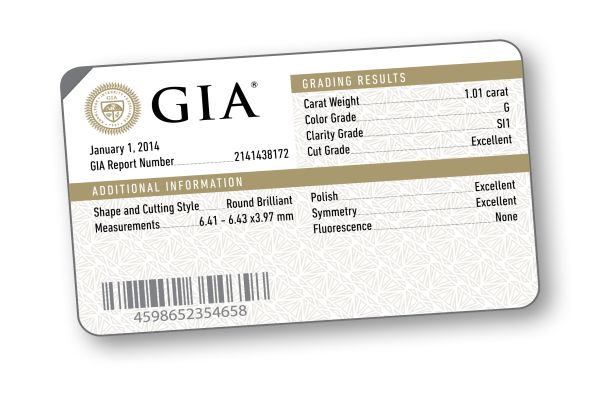What business does a gemological laboratory have telling stories about diamonds? That was the unspoken question Matt Crimmin had to answer in his presentations at JCK Las Vegas earlier this month.
As vice president of lab operations for the Gemological Institute of America (GIA), Crimmin used the show to roll out what his team had effectively been working on since 2010: a solution to some of the core challenges facing the trade, particularly that of raising consumer confidence.
 Speaking with Rapaport News recently, Crimmin outlined two projects that the grading nonprofit is piloting with precisely that goal in mind. These initiatives, which the GIA says could change the way diamonds are sold and monitored, are making the laboratory an unlikely frontrunner not only in diamond-grading, but in the drive to keep better track of diamonds and to tell their stories.
Speaking with Rapaport News recently, Crimmin outlined two projects that the grading nonprofit is piloting with precisely that goal in mind. These initiatives, which the GIA says could change the way diamonds are sold and monitored, are making the laboratory an unlikely frontrunner not only in diamond-grading, but in the drive to keep better track of diamonds and to tell their stories.
Adopting RFID technology
In the first of those projects, the GIA is using Radio Frequency Identification (RFID) technology to help manufacturers manage their inventory, including the use of a smart-card grading report to make it easier to access a diamond’s information.
Under the program, the lab provides participating manufacturers with RFID tags to attach to the diamonds’ parcel paper before they send the stones for grading. The technology has integrated light-emitting diodes (LEDs), so the diamonds’ RFID tags light up when accessed, making it simpler for the manufacturer to locate a given stone among thousands. This method of communicating with inventory offers the user “significant operational time saving,” explains Crimmin.
Having started in late 2014 with five manufacturers on board, the GIA is now working with approximately 30 companies on the program and has opened it for others to join.
The RFID system comes in handy when dealing with large volumes of diamonds, as it is more than 10 times faster than the conventional barcode-scanning method, Crimmin said. It’s also less prone to error, since the tag is readable even if the parcel is not in the reader’s line of sight.
Additionally, manufacturers can distribute the tags to their clients so that monitoring can continue further along the pipeline. The GIA ultimately envisions implementing the program for all diamonds that pass through its grading system, which could potentially result in a single database for everyone’s inventory.
Considering the number of downstream transactions that take place among manufacturers, middle-market players, and retailers, Crimmin believes the trade would benefit from involving RFID tags in every stage of the supply chain.
“We anticipate the true advantages of the program will be accomplished at an industry-wide scale,” he says.
Tracing from Mine to Market
The second of the two pilot projects is the mines-to-market (M2M) program that the GIA presented in Las Vegas. GIA scientists have developed the ability to link a polished diamond with the original rough by assessing the stone at various stages of production. Among other things, this opens up strong marketing opportunities for jewelry retailers who want to differentiate themselves, according to Crimmin.
For the pilot, the GIA is working with Russian miner Alrosa, which provides the lab with rough for evaluation before it goes onto the market. The GIA is also in talks with Petra Diamonds, Trans Hex and Botswana’s Okavango Diamond Company about having them joining the initiative.

